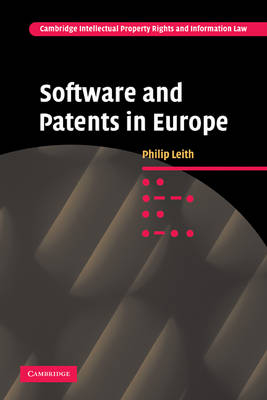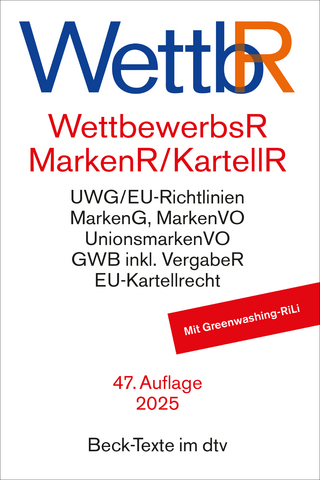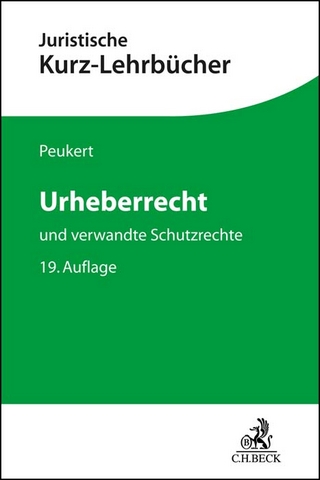
Software and Patents in Europe
Seiten
2011
Cambridge University Press (Verlag)
978-0-521-32962-0 (ISBN)
Cambridge University Press (Verlag)
978-0-521-32962-0 (ISBN)
By repackaging software as a 'device', patent attorneys have succeeded in getting protection for their clients. This text argues that this approach by the Patent Offices makes it difficult for competitors to assess what has been protected. If software is being protected, it should be examined and assessed as such.
The computer program exclusion from Article 52 of the European Patent Convention (EPC) proved impossible to uphold as industry moved over to digital technology, and the Boards of Appeal of the European Patent Organisation (EPO) felt emboldened to circumvent the EPC in Vicom by creating the legal fiction of 'technical effect'. This 'engineer's solution' emphasised that protection should be available for a device, a situation which has led to software and business methods being protected throughout Europe when the form of application, rather than the substance, is acceptable. Since the Article 52 exclusion has effectively vanished, this text examines what makes examination of software invention difficult and what leads to such energetic opposition to protecting inventive activity in the software field. Leith advocates a more programming-centric approach, which recognises that software examination requires different strategies from that of other technical fields.
The computer program exclusion from Article 52 of the European Patent Convention (EPC) proved impossible to uphold as industry moved over to digital technology, and the Boards of Appeal of the European Patent Organisation (EPO) felt emboldened to circumvent the EPC in Vicom by creating the legal fiction of 'technical effect'. This 'engineer's solution' emphasised that protection should be available for a device, a situation which has led to software and business methods being protected throughout Europe when the form of application, rather than the substance, is acceptable. Since the Article 52 exclusion has effectively vanished, this text examines what makes examination of software invention difficult and what leads to such energetic opposition to protecting inventive activity in the software field. Leith advocates a more programming-centric approach, which recognises that software examination requires different strategies from that of other technical fields.
Introduction; 1. Software as machine; 2. Software as software; 3. Policy arguments; 4. Software patent examination; 5. Holding the line: algorithms, business methods and other computing ogres; 6. The third way: between patent and copyright?; 7. Conclusion: dealing with and harmonising 'radical' technologies.
| Erscheint lt. Verlag | 30.6.2011 |
|---|---|
| Reihe/Serie | Cambridge Intellectual Property and Information Law |
| Zusatzinfo | Worked examples or Exercises |
| Verlagsort | Cambridge |
| Sprache | englisch |
| Maße | 152 x 229 mm |
| Gewicht | 290 g |
| Themenwelt | Recht / Steuern ► EU / Internationales Recht |
| Recht / Steuern ► Wirtschaftsrecht ► Urheberrecht | |
| ISBN-10 | 0-521-32962-0 / 0521329620 |
| ISBN-13 | 978-0-521-32962-0 / 9780521329620 |
| Zustand | Neuware |
| Informationen gemäß Produktsicherheitsverordnung (GPSR) | |
| Haben Sie eine Frage zum Produkt? |
Mehr entdecken
aus dem Bereich
aus dem Bereich
Gesetz gegen den unlauteren Wettbewerb, Preisangabenverordnung, …
Buch | Softcover (2024)
dtv Verlagsgesellschaft
16,90 €
Textausgabe zum deutschen, europäischen und internationalen Patent-, …
Buch | Softcover (2023)
dtv Verlagsgesellschaft
17,90 €


